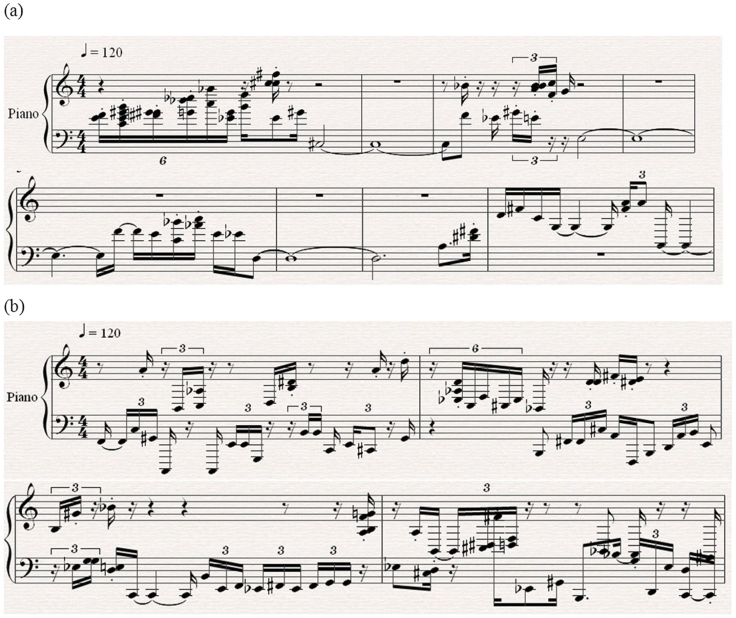Brain Music: Researchers Construct Music From Brain Waves

Have you ever wondered what your brain sounds like when it is thinking? Some researchers from the University of Electronic Science and Technology of China, the Sichuan Conservatory of Music, and the Chinese Academy of Sciences had just that question - so they converted thoughts into music.
While the findings are an interestingly medley of science and art, researchers hope that their study can have further implications as well. They hope that their findings could one day lead to people controlling their own brain waves through music. That ability could prove to be a remarkable treatment for people with anxiety and depression.
Previous efforts at capturing the sound of brain waves had just used electroencephalography (EEG), which records brain activity through the scalp. The researchers used a special software to turn the brain waves into notes, using a 14-year-old girl and 31-year-old woman as models. The height of the brain waves determined the pitch of the note, and the length of the wave determined its duration.
However, the researchers, led by Jing Lu, found the result to be discordant and jangly. They decided to add functional magnetic resonance imaging (fMRI), which determine the level of oxygen to a given portion of the brain, to their studies. The researchers used the same participants for the fMRI scans as they did in the EEG studies. They combined the scans from the fMRI machine and the EEG machine, as well as EEG data taken while the participants were at rest, in order to create this new brain music.
The creation was played for 10 musicians, who found that this new medley sounded much closer to man-made music than the original attempt.
Eventually, such brain music could be used for biofeedback therapy, in which patients try to control their own brain waves.
This study was published in PLoS One.
The sound clips can be found below.
Person A (EEG only)
Person B (EEG only)
Person A (EEG and MRI)
Person B (EEG and MRI)



























